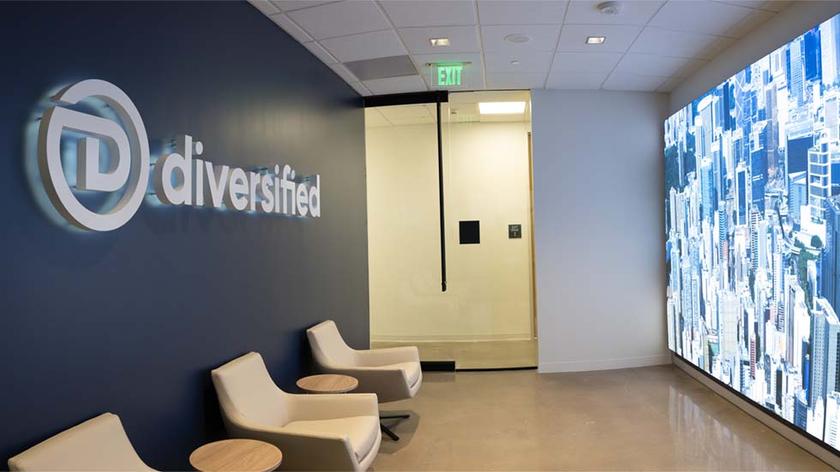Dome, EVS Beat the Clock at Invictus Games
TORONTO—This year’s Invictus Games saw wounded, injured or sick armed services personnel from 17 countries compete in 11 different sports. As host broadcast facilities provider, Dome Productions produced an hour-long highlights show of each day’s events from the International Broadcast Center at our production base in the Rogers Centre in downtown Toronto.
We ingested live feeds from our mobile trucks deployed at the Games’ nine venues and undertook the EVS replay and highlights creation, management, post-production and storage of the Games’ live programming.

Dome Poductions managed the entire Invictus Game productions from the IBC in downtown Toronto.
TEAMWORK
Inside the IBC, the recording of live content was managed by two EVS XT3s and Avid Interplay. The live production servers ingested feeds over fiber from the mobile trucks, sometimes from five venues at once. Our EVS XFile3 file transfer and archive solution would then stream it into our 120 TB Avid Nexis shared storage. We also had an additional 20 TB of space on our EVS servers, so we knew we wouldn’t need to empty them during the week.
For post-production and content management we had 18 Avid Nitrus suites and two EVS IPDirector live production asset management suites. Four XTAccess transfer engine agents were put in place to tie the workflow together.
Delivering programming on a tight deadline was the week’s recurring theme. We recorded 200 total hours of high-resolution content, all of which needed to be condensed into just seven hours of final programming. These one-hour shows had a daily deadline of 11:30 p.m., but some events didn’t finish until 10:30 p.m. That’s why we kept the workflow operating in high resolution and had additional on-server storage.
Plenty of workflow solutions would’ve been fast enough for what we needed, but only with low-resolution proxies. We didn’t have the luxury of time to create proxies and then up-res back to HD, so we needed a technical workflow to operate quickly and efficiently in a fullHD production. The integration between EVS and Avid was a key part of this—having two major parts of our workflow tied together so tightly meant we could operate seamlessly while keeping everything in full resolution.
GETTING A HEAD START
Having confidence in the speed of our workflow was one thing, but we also deployed EVS for the recording and management of our live content because we could segment feeds for both ingest and playout. Some events would be eight hours long, so we couldn’t afford to wait before beginning the edit. We took the recordings from the EVS servers and used Avid Interplay to break them up into 20- or 30-minute blocks. This let us log shots and get a head start on the edit.
We used a similar process for content playout for the highlights show. Our editors would create the front end of the hour-long highlights show and start exporting before they’d finished. Once 5 percent of the show was exported we would start playout and our editors could continue editing the rest of the highlights hour. Playout would take place in 20-minute sections and the end viewer wouldn’t be able to tell the difference between this or a complete, hour-long show.
Deploying EVS for the Invictus Games meant we could maximize the time window we had to deliver live programming to broadcasters. We used this additional time to create better, more engaging programming of what’s become an important event in the sporting calendar.
Seann Harding is the technical manager of engineering for Dome Productions. He can be contacted at Seann. Harding@domeprod.com.
For more information, please visitwww.evs.comor call 973-575-7812.
Get the TV Tech Newsletter
The professional video industry's #1 source for news, trends and product and tech information. Sign up below.













